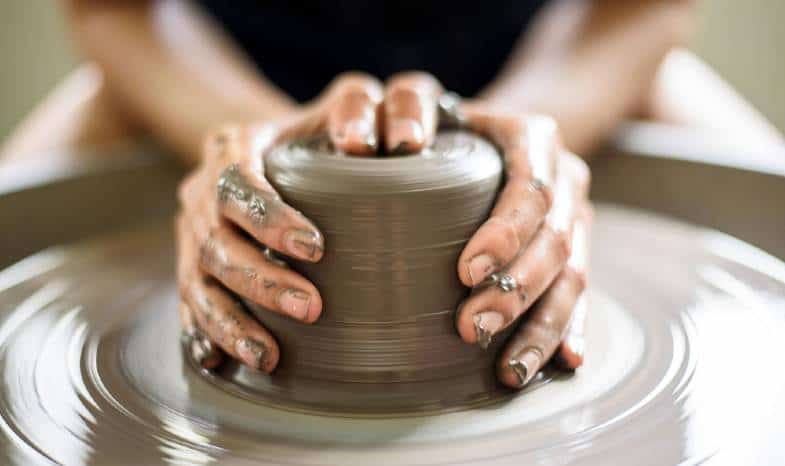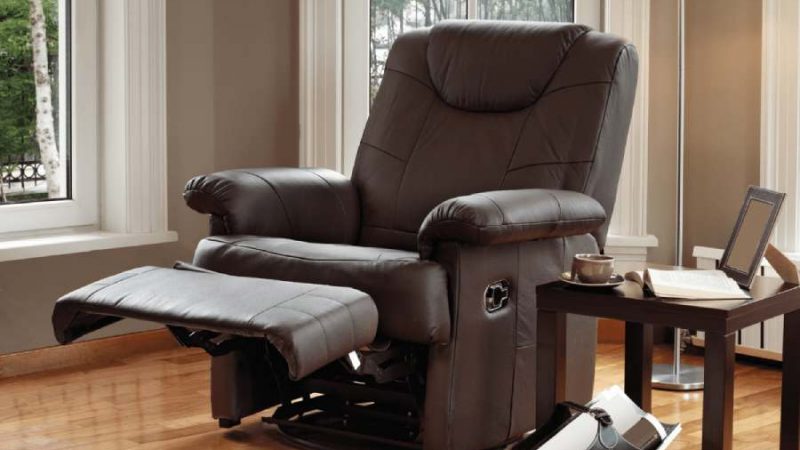how to choose the right pottery wheel for beginners
A pottery wheel is an excellent investment for anybody with an interest in pottery, whether they are looking to hone their talents or try it out for the first time. They have been used by potters for hundreds of years to make anything from simple dishes to highly intricate vases and pots.
Obviously, certain modifications have been made since the invention of the potter’s wheel. Each potter’s own style, projects, and demands may be accommodated by the thousands of features and functions included into today’s pottery wheels. What follows is some information we feel is necessary for you to make an informed decision when purchasing a pottery wheel.
How Much Does a Pottery Wheel Cost?
A good starting pottery wheel might cost you between $500 and $800, depending on the characteristics you want.
While you may certainly get pottery wheels at a lower price online, keep in mind that there is a considerable probability that they will either break or become too small for your needs very fast. Choose a high-quality wheel that will facilitate your ceramic pastime and allow you to develop your talents.
What Accessories Do You Need with a Pottery Wheel?
Even though you’ll be using your hands for the majority of the shaping, there are a few tools that will be necessary. Even though we sell a Pottery Wheel Accessories Kit [link to be added once it’s ready], if you’d like to put together your own, these are the primary accessories you should get in addition to a pottery wheel.
-
Bats
Bats are wooden or Masonite planks that may be removed to reveal the wheel above. Using them eases the pain of switching gears between tasks, since they cushion the blow of the wheel head’s harsh plastic or metal construction. To switch between tasks, you need to swap out the bat that has your current work on it with one that is blank. Then, you may switch between tasks without losing time.
-
Pottery Tool Kit
There is a wide variety of pottery tools available to aid in the manipulation of clay on the wheel. It is recommended that novice potters start with a basic tool set that includes a variety of useful implements.
-
Splash Pan
The wheel of a vehicle may be protected against water damage by using a splash pan, which is a two-part tub with a clasp. It collects the water that would otherwise fly off the wheel while you operate. This will prevent grey water from spilling all over your workspace and requiring extensive cleaning.
Splash pans are standard equipment for most pottery wheels, but if you happen to come across one that doesn’t have one, you should definitely invest in one. Cleanliness is maintained all around.
Tips to Choosing the Best Pottery Wheel for Beginners
Take a look at these expert recommendations before you invest in your own pottery wheel. For choosing best beginner pottery wheel follow theese steps
-
How Big is the Wheel and How Much Space Do You Have?
Perhaps you’re in luck and have a lot of room to set up a pottery studio. This may not be as important to you if you already have a lot of free space. The size of a pottery wheel must be considered, however, by those who, like many, do not have a large amount of spare room.
The size and design of pottery wheels may vary greatly. Some of them are very small and can be tucked away in a nook or a cabinet when they are not in use. Some alternatives, however, are bulky and cumbersome to stow away.
Experienced potters on the wheel usually have a special studio where they can work uninterrupted. Even if it’s just a nook in the cellar or an unused bedroom.
-
How Much does the Pottery Wheel Weigh?
Perhaps you find it hard to get your head around the possibility of this. Of course, the weight of your pottery wheel will matter if you want to transport it from one pottery session to the next.
All this advice comes down to is how easily transportable the pottery wheel is. Can you spin the wheel without much effort? Have you tried dragging it or picking it up off the ground? On the other hand, is it so hefty that it will be difficult to relocate after it has been set?
-
Free-Standing Wheels
The three feet of a freestanding wheel allow it to be placed wherever on the ground. The potter then throws their wares while seated at the wheel, knees propped up on each side. The legs of certain freestanding wheels may be adjusted to accommodate different heights. Additional booties or leg extenders may be purchased to cover the very end of the wheel’s legs. If you do this, you may also have more control over the wheel’s height.
-
Table Top Pottery Wheels
As its name implies, a tabletop pottery wheel is meant to be used while sitting at a table. The legs of a pottery wheel that may be set on a table are removable. They include rubber feet to keep them from sliding around on the tabletop and a flat base for easy placement. Various potters like to work at different heights, hence there is no standard for the ideal height of a potter’s wheel. In general, however, you want your butt to be a hair higher than the wheel head. When you throw clay, it rests on a disc called the wheel head.
-
Check Out the Wheel Head
To reiterate, the disc that the clay rests on while being shaped is called the “wheel head” on a potter’s wheel. Some potter’s wheels may have smaller wheel heads than the conventional 14 inches. Some potters even toss their work onto the top of the wheel. One useful skill, however, is the ability to toss onto a ceramic bat. A disc, generally made of wood or plastic, called a bat, is used to fasten the wheel to the hub.
Once you’ve completed working with a potter’s bat, you may remove it from the wheel’s hub. It’s safe to put the bat and the vessel somewhere to dry off. This is helpful because it keeps you from having to lift the pot off the wheel head while the clay is still soft and wet.
-
Look Out for Bat Pins
Bat pins are used to fasten pottery bats to the wheel head. Metal pins called “bat pins” are threaded into slots on the wheel hub. The metal pins are inserted into the bat’s bottom holes. Throw it onto the bat after it’s in position, then pull the entire thing off when you’re done. There are wheels with 13-inch rims and wheel heads that are 14 inches in diameter. But the size of the bat that is fastened to the hub of the wheel is much more critical. It is possible to use a 14- or 16-inch pottery bat with a 12-inch wheel head.
What kind of ceramic bat you may use is determined by the distance between the bat pins on the wheel’s head. The standard distance between the pin holes of a bat is 10 inches. Nonetheless, there are instances when they are even nearer. When using a Shimpo Aspire, for instance, the space between the bat pins is 6 inches. You’ll need to get clay bats made specifically for your bat’s make and model.
Here are Some of the Most Common Complaints About Electric Pottery Wheels
- Without the ability to plug your wheel into a power source, you’ll be left with a useless lump of clay after hours of work.
- Electric wheels are susceptible to malfunctions similar to those of any other electrical device. Consequently, they need some TLC in the form of routine maintenance and repairs.
- Water is used to shape the clay and grease the hands during the pottery throwing process. Electric Wheels are developed considering this kind of water consumption. Keep in mind, however, that they are motorised and run on electricity. Problems may arise if water got into the engine.
- Not all Electric Wheels are silent, and some may be rather annoying. This is particularly worrisome if you are not working in a dedicated pottery studio.



